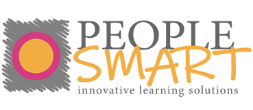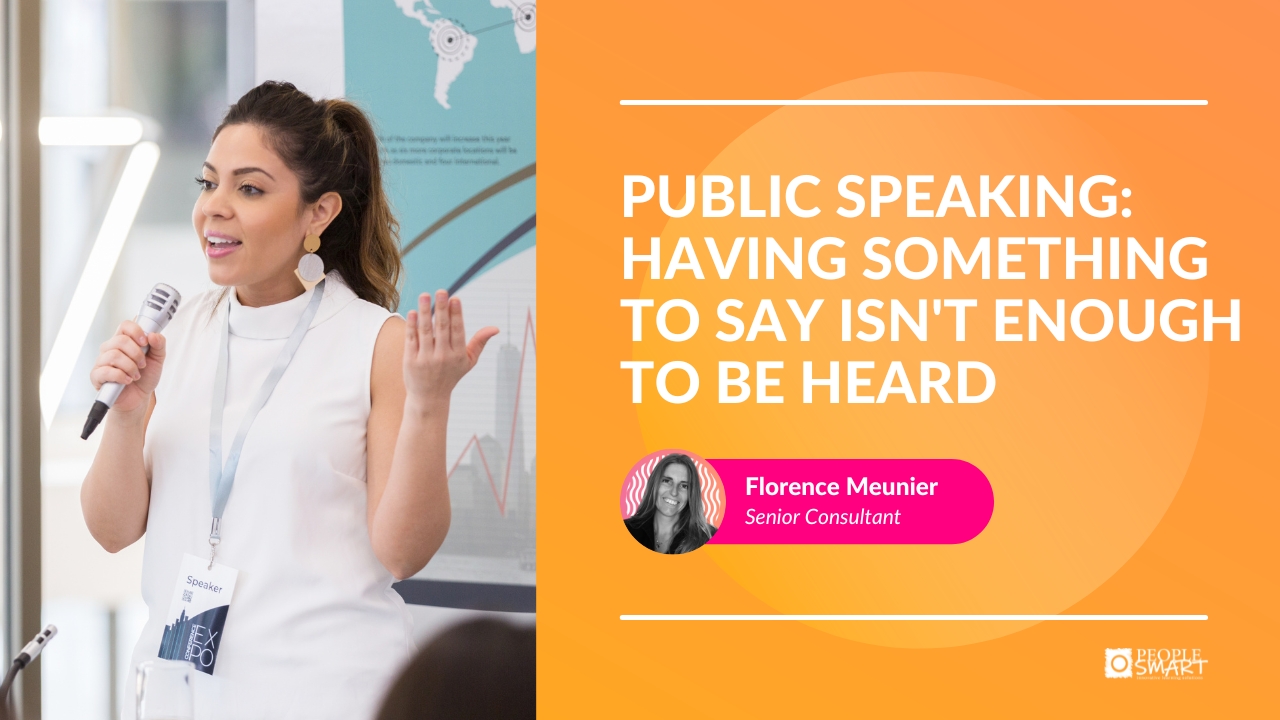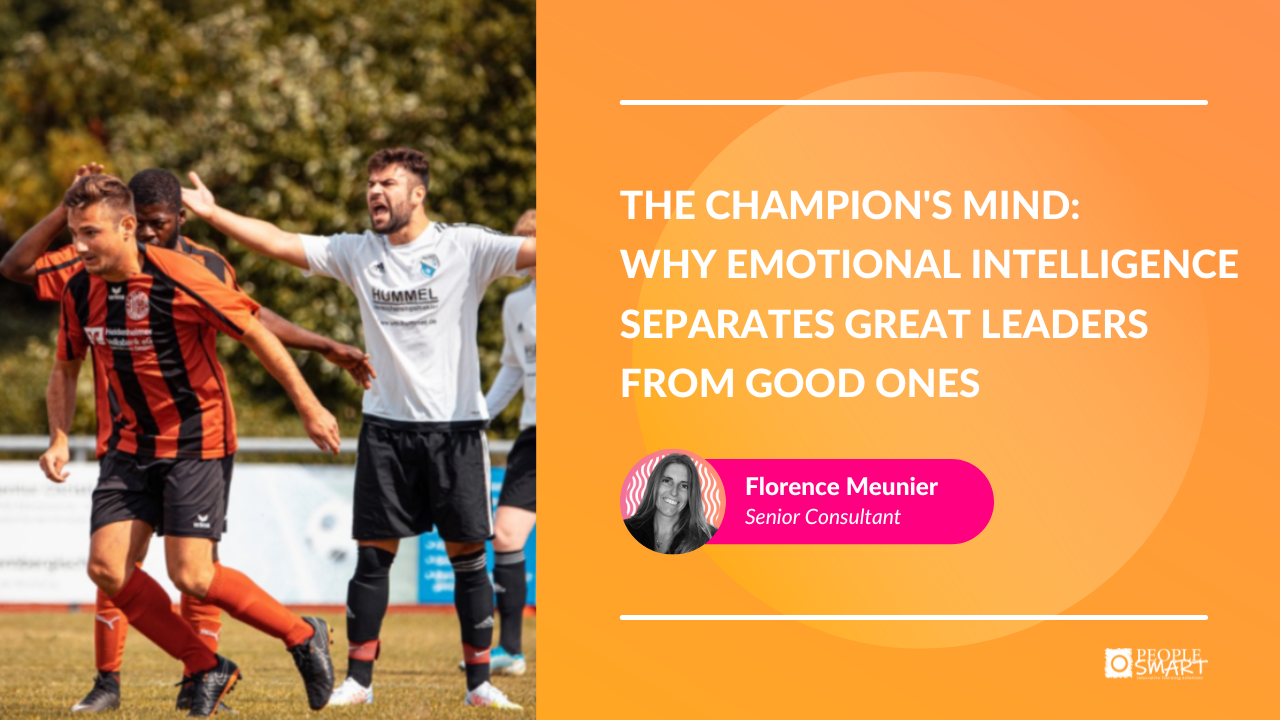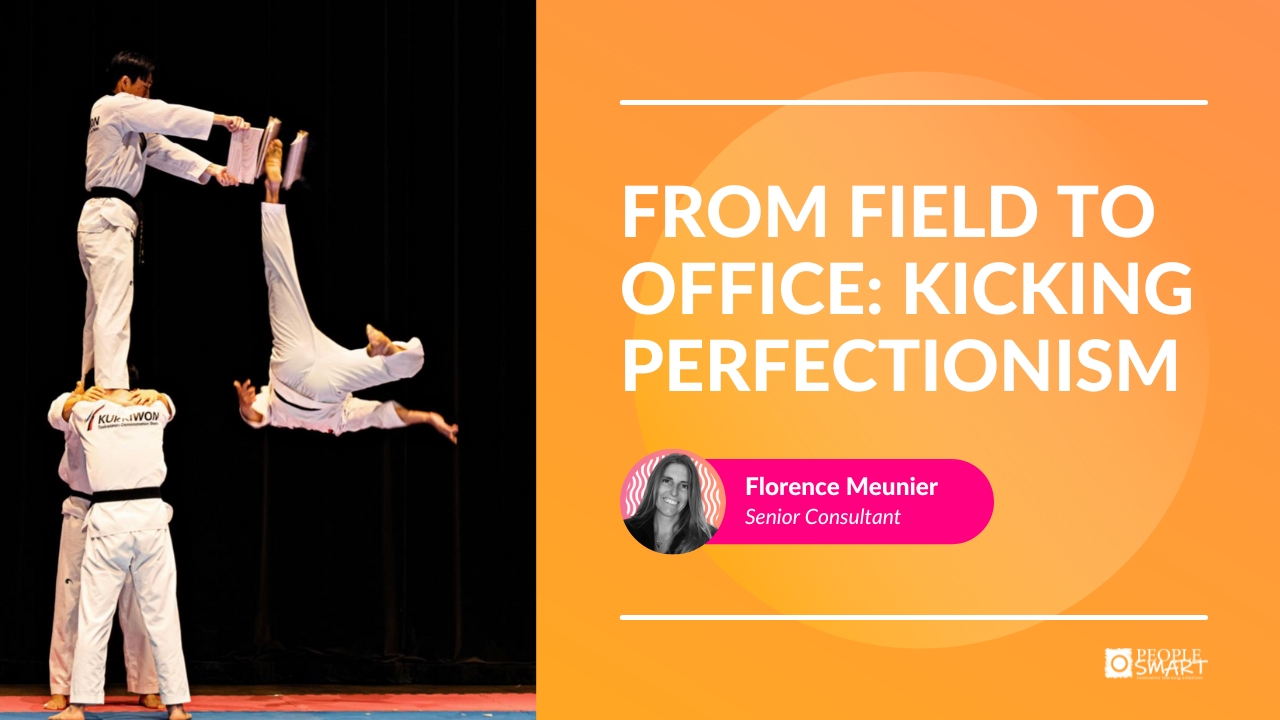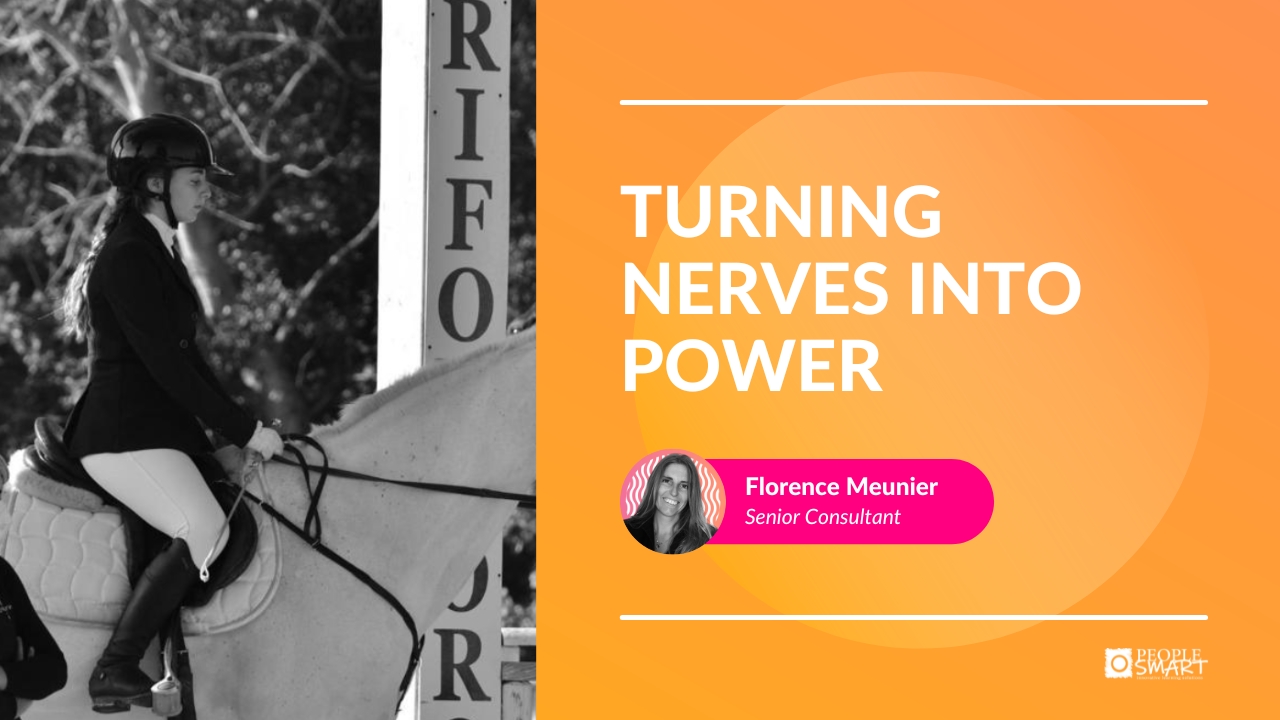Within part 2 of this series with Ian Hardie (Founder at Hardie & Company), in partnership with The Business Transformation Network, Ian identifies what leadership behaviours facilitate a learning community and how each of us is motivated by different role models or motivators that we look up to.
4 behaviours we can adopt as individuals to make learning more effective:
1. Encouraging people to ask just one question of why – This question needs to be asked so that you can learn from it.
2. Openness and curiosity – That you are genuinely interested to understand and learn. What is it that you can take from it going forward?
3. Tenacity – The ability to stick to it, learn and engage with the topic and subject.
4. Celebrate – Being able to celebrate when someone has learnt, made progress, advanced so that you can make the connection between what has happened and discuss the progress that has been made.
Ian then goes on to discuss what leaders can impact your organisation the most. Organisations need to ensure they have a leader who is seen at the very top, valuing people who are learning and progressing. Instead of following the norm and getting the CEO to inform everyone that they need to learn, look for individuals who influence others.
For example, the people in lead learning need to pay attention to understand who is influential in their network. Ian explains that. “If you can advance their level of commitment to learning, that will have a much better impact than classically getting a CEO to do his learning is an important speech.”
To finish the discussion, Ian demonstrates his views on whether the rise of more remote working will widen or narrow the talent pool. As the internet has given many of us the accessibility that we need, it all comes down to what you do with it as an individual.
Many individuals want to learn at the moment, however, the question is… are they prepared to access learning long-term for their long-term development? Or is it, according to Ian, going to be “Just in time and transactional” which acts as a large barrier.
It is also extremely important to understand the difference between barriers and triggers. The trigger is in terms of accessibility, connection and gaining access to different resources. The barrier is the attitudes of those people making decisions. Ian emphasises that a lot of work is done on unconscious bias, are people prepared to yes they learned online? To summarise, Ian explains that some societal organisational structural barriers need to be addressed. Organisations also need to celebrate the idea of accessibility and breadth of resources that are available to us. There are many societal organisations.
